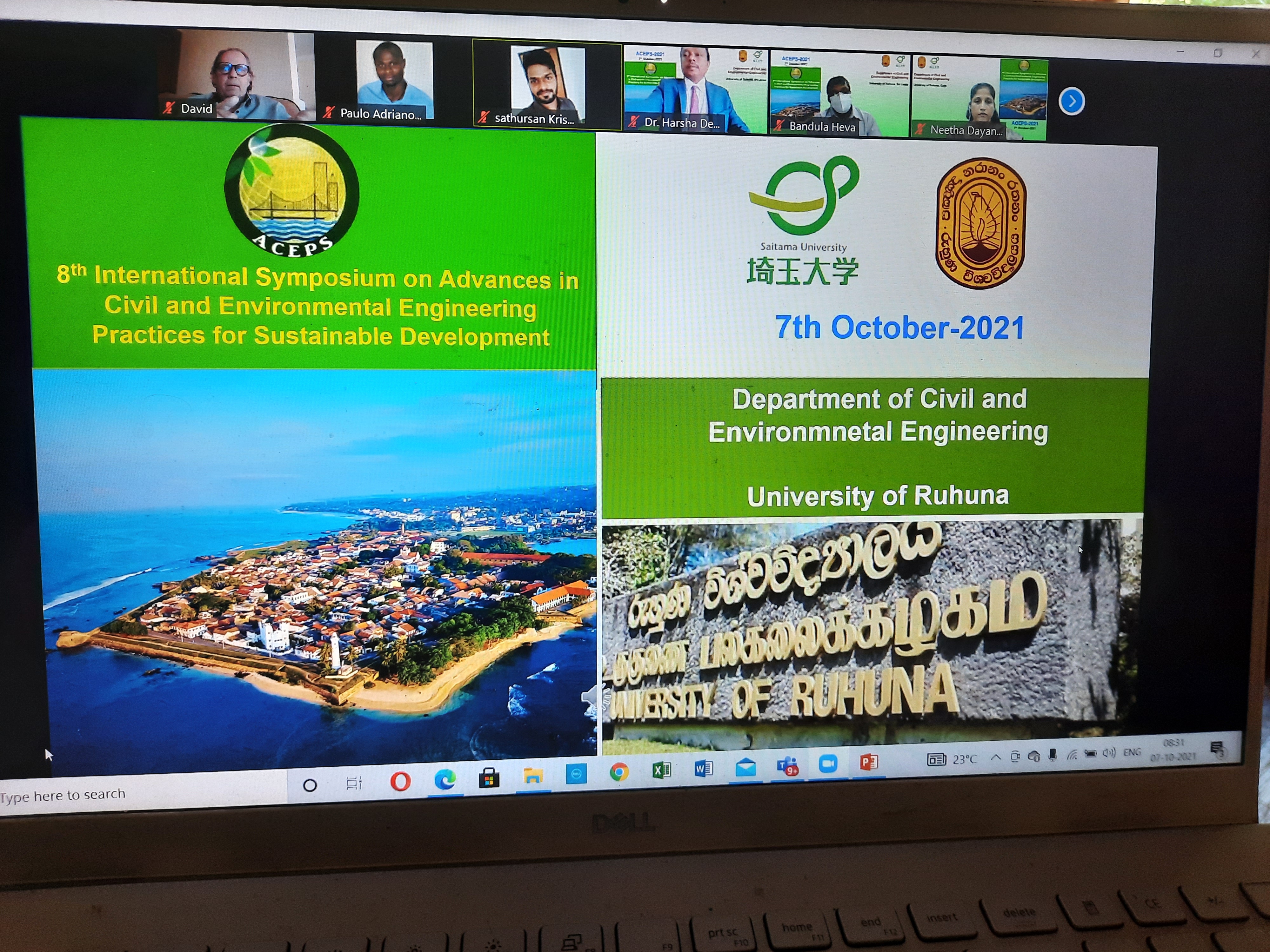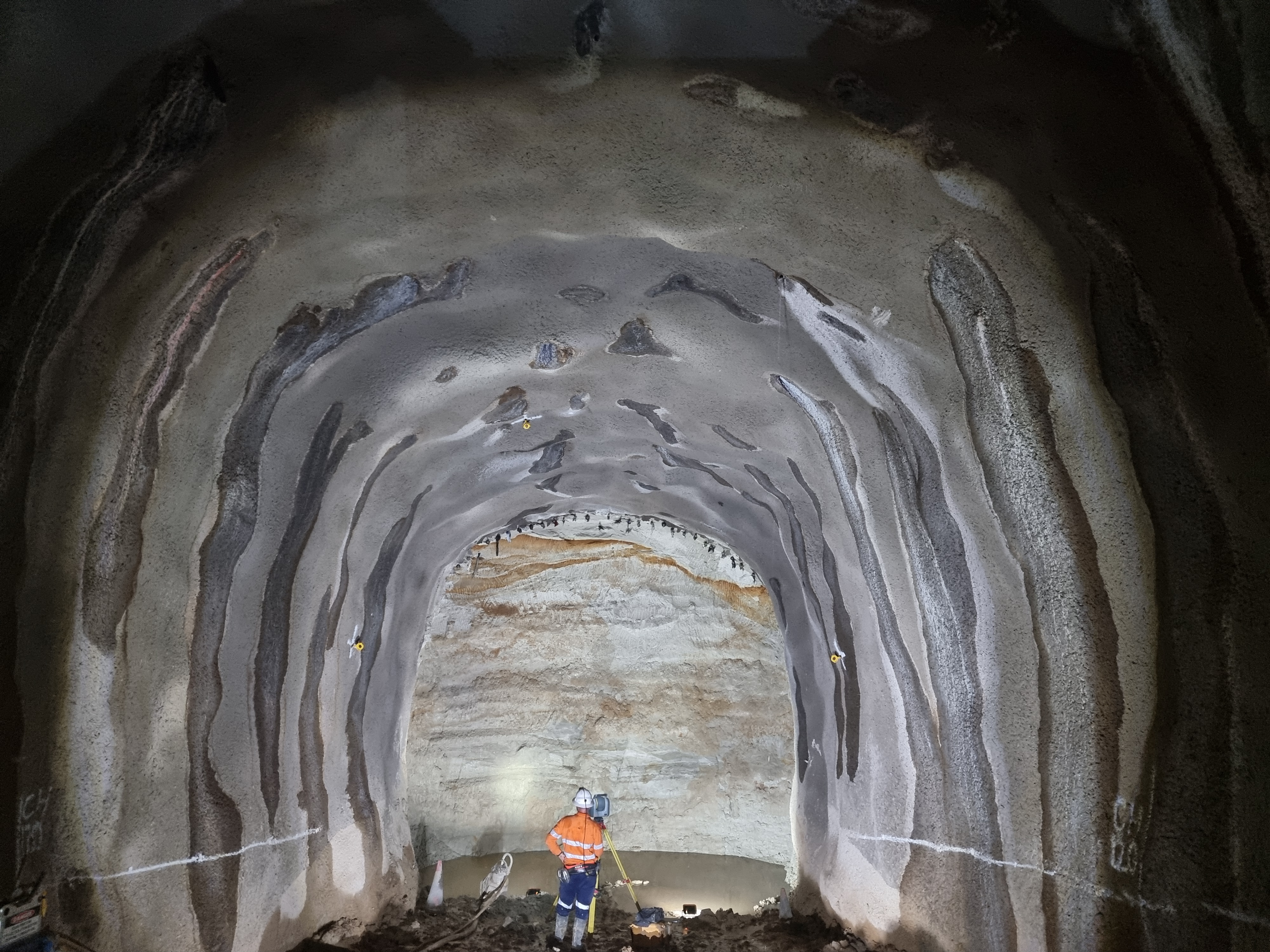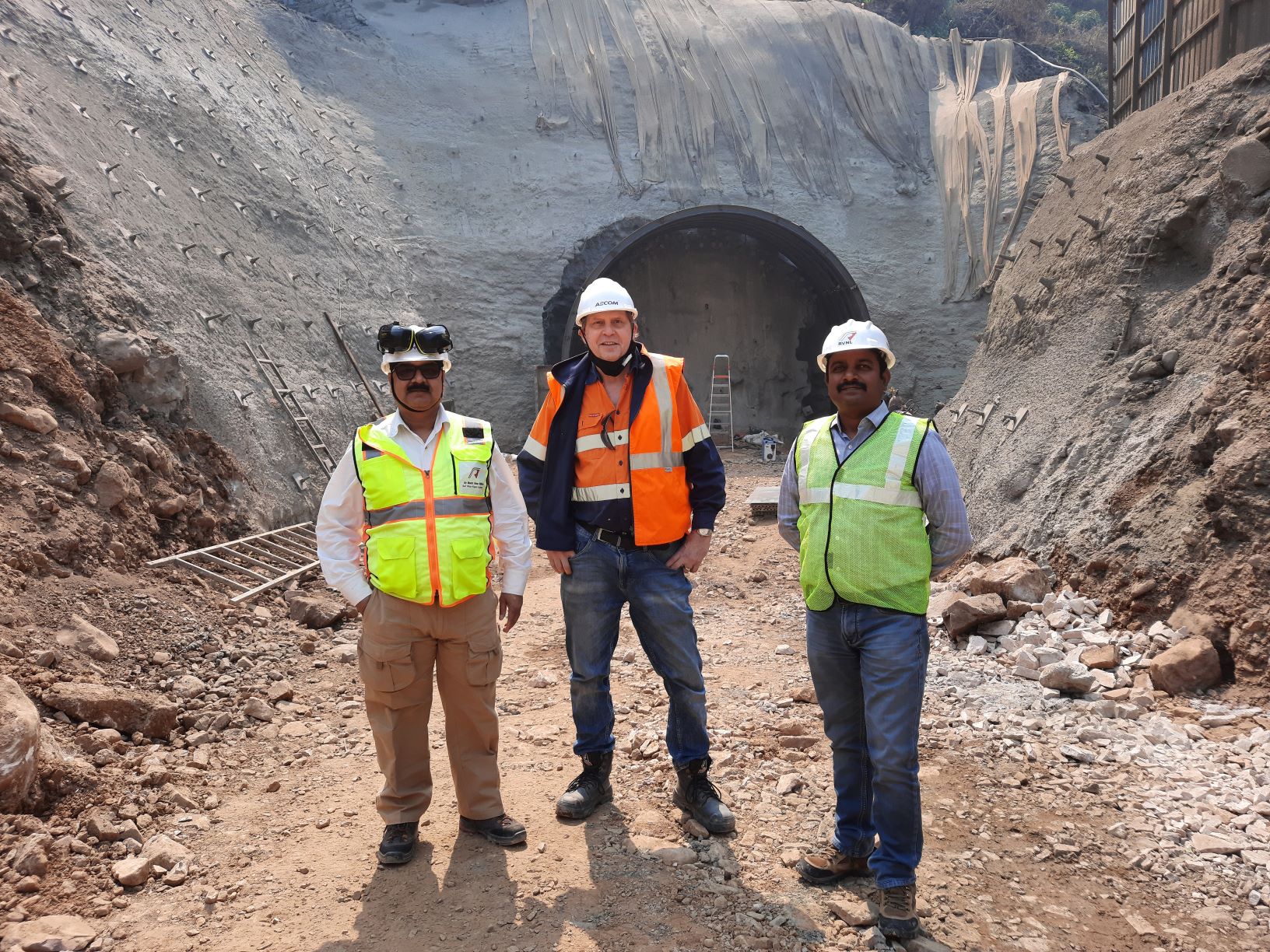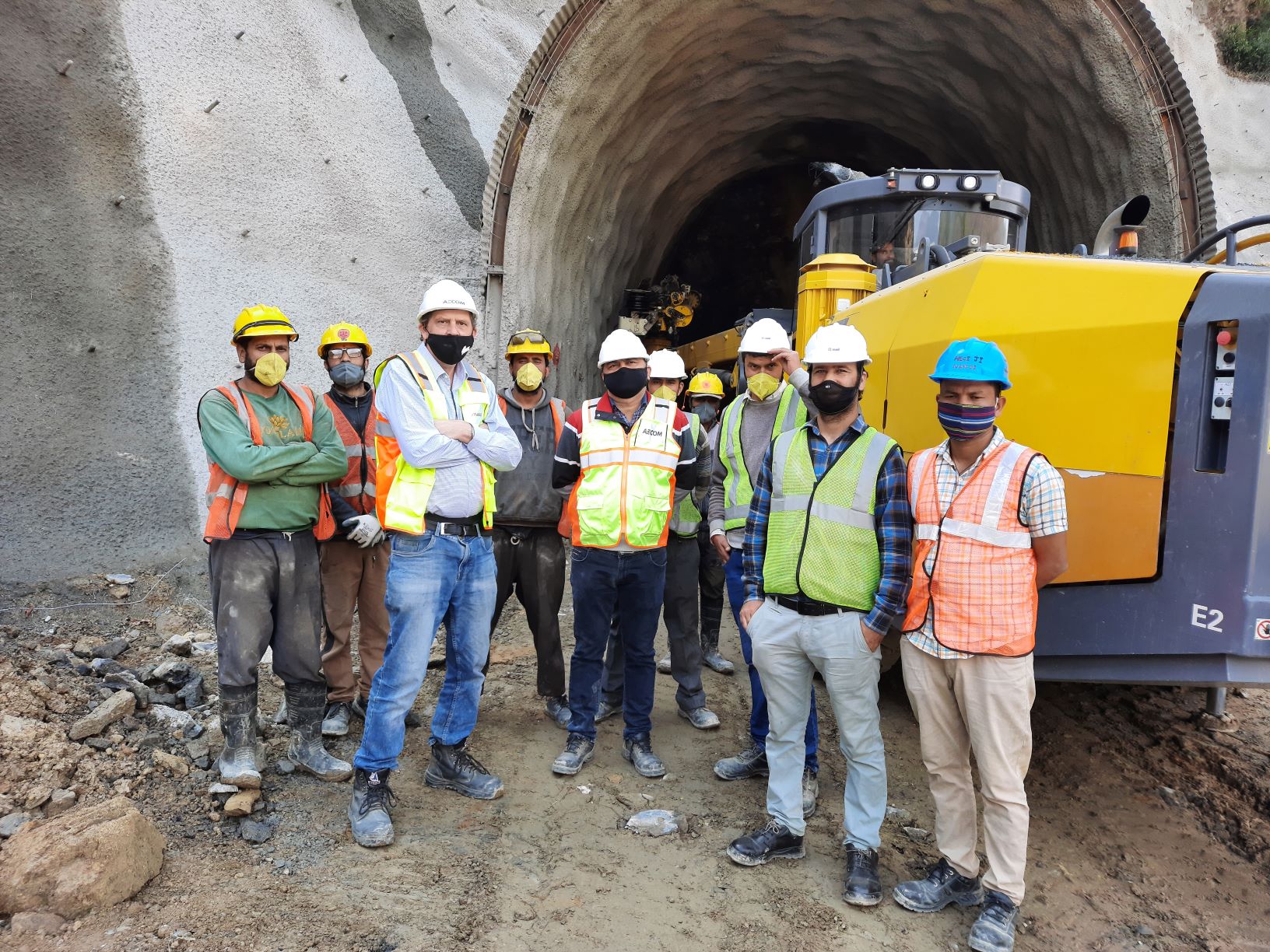Mahaweli Water Security Investment Program (MWSIP)
David has been appointed as Chief Resident Engineer for the "Mahaweli Water Security Investment Program" (MWSIP). This is an extension of the Mahaweli Development Program (MDP) formulated in the 1960s to create a series of small tank cascade systems in North Central and North Provinces of Sri Lanka taking water from the Mahaweli River Basin using large transfer canals and reservoirs. The updated program is the construction of North Central Province Canal Project (NCPCP) which will be implemented in two sequential phases. Phase 1 comprises three main individual projects, namely Upper Elahera Canal Project, North Western Province Canal Project and Minipe Left Bank Canal Rehabilitation Project.




